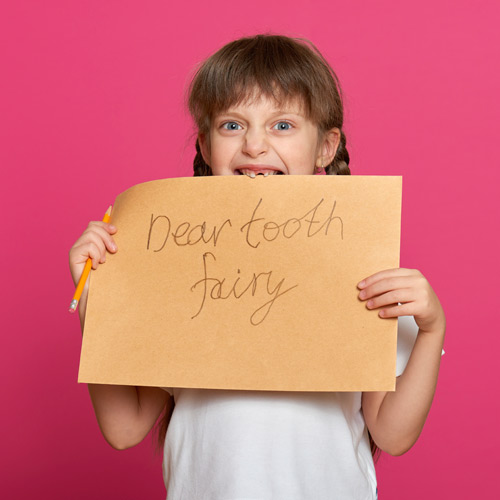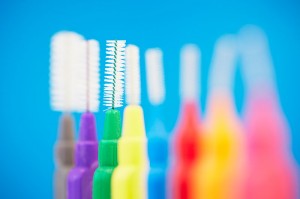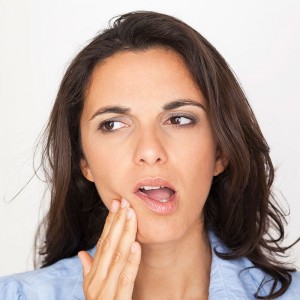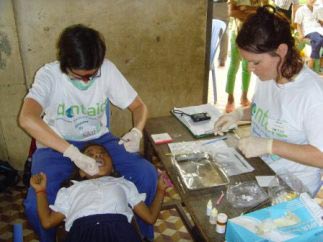Who exactly is the Tooth Fairy?
 After Father Christmas is finished making toys at the North Pole, he’ll no doubt be sipping cocktails in Barbados along with the Easter Bunny. So have pity for the poor Tooth Fairy, who has to work all year round without a single day off. That’s real job dedication for you.
After Father Christmas is finished making toys at the North Pole, he’ll no doubt be sipping cocktails in Barbados along with the Easter Bunny. So have pity for the poor Tooth Fairy, who has to work all year round without a single day off. That’s real job dedication for you.
Not only does the tooth fairy have an amazing work ethic, but she’s generous too. Thanks to a survey this year, we know that tooth fairy payments have increased by a whopping 40% in the last five years alone. (Or perhaps this is just a sign that the British economy is finally recovering.)
The survey also revealed that the average payment the tooth fairy leaves for a tooth is £2.10. This average varies geographically though. The tooth fairy is the most generous in London, where she leaves £2.50 per tooth, and the stingiest in Newcastle, where she only leaves £1 on average.
So where did the tooth fairy come from?
References to the tooth fairy date as far back as 1908, when a newspaper article at the time said, “If a boy takes his little tooth and puts it under the pillow when he goes to bed, the tooth fairy will come in the night and take it away, and in its place will leave some little gift.” The article goes on to suggest that this ‘little gift’ can be a few pennies. If only our children would be happy with just a few pennies today!
And before this, French children left out their teeth in exchange for money. But it wasn’t a fairy that took their teeth – it’s was mouse instead. The idea was that by letting a mouse take the teeth, the child’s new teeth would be as a strong as mouse’s. At the beginning of the 20h century, Americans crossed the French mouse myth with a Disney-style fairy, and voila – the modern-day tooth fairy was born. So we have the Americans to thank for the modern tooth fairy. Though let’s not be too ready with our praise, because they did also make the horrendous film “Tooth Fairy” with Dwayne “the Rock” Johnson as the titular fairy.
What’s the purpose of the tooth fairy?
Losing a tooth can be a scary experience for a small child, so the tooth fairy is a way to turn a scary experience into an exciting one. After all, who wouldn’t want to wake up with money under their pillow?
And money doesn’t have to be the only thing the tooth fairy leaves – she can also leave a letter as well. A hand-written note from the fairy can certainly make the event more personal to your child. It can also be a chance for the tooth fairy to stress the importance of good dental hygiene. After all, the tooth fairy can sometimes be a stronger influence on children than parents! A letter can also help the tooth fairy discourage children from spending all her money on sweets…
So let’s hear it for the tooth fairy, unsung hero of the dental world. And maybe if we all keep our teeth really clean, she’ll be able to afford a bit of time off to join Father Christmas in the Barbados.
Posted in: General Dentistry
Leave a Comment (0) →








